Published Wed 17th May 2023
In recent years, there has been a renewed focus on expanding transit systems in North America. As cities continue to expand and traffic congestion worsens, there is a growing recognition that public transportation is a critical piece of the puzzle when it comes to reducing congestion, lowering carbon emissions, and improving quality of life for urban residents. With infrastructure spending on the rise, many cities across North America are taking advantage of this moment to invest in expanding their transit systems.

Of course, with any major infrastructure expansion comes the need for careful monitoring of adjacent infrastructure. This is particularly true when it comes to light rail systems, which often operate in close proximity to existing transport corridors, including heavy rail tracks. Monitoring track geometry, tunnel structures, and bridge structures is critical to ensure the safety and reliability of both the new light rail system and the existing heavy rail system.
A well designed instrumentation and monitoring program can help manage geotechnical and structural risks that are prominent during adjacent construction, such as early identification of very small movement trends that have potential to rapidly escalate, causing construction delays, damage, and in the most severe cases compromising safety. Convergence, divergence, settlement and cracking are sometimes the first signs of impending damage or failure of a tunnel system and surrounding assets. These parameters must be monitored closely, however there are challenges in deploying a system that provides adequate coverage within active construction zones and on adjacent structures below and above ground. Conventional monitoring, such as those using optical based systems or cabled solutions, can provide very useful data, however they are inherently exposed to interruption and damage that requires frequent maintenance, for example to clean reflective prisms or repair damaged cable, which can lead to construction delays.

Wireless Remote Condition Monitoring (WRCM) technology offers an alternative that can deliver continuous, high-quality and repeatable data in a rugged and robust cost-effective package.
WRCM has many advantages over conventional methods:
• Significantly faster installation time with ability to relocate as construction progresses
• Less intrusive with a small form factor that does not compromise clearance
• Built rugged to withstand the extremes of temperature, humidity, impact and vibration
• Very low power consumption, with minimal maintenance, that does not completely rely on external power sources and frequent site maintenance
• Can be installed in roadway boxes, connected to in-ground instruments, sending data wirelessly without the need to install cable in right of way
• Does not rely on line of sight
In order to monitor varying ground and structural conditions which can lead to unintended consequences during adjacent construction, these WRCM systems should be deployed to reduce the risk of defects and delays that could result in disputes, liquidated damage claims and cost escalation.

Instrumentation and monitoring used for this purpose must be both reliable as well as easy to use. Senceive WRCM systems are ruggedized, working reliably in snow, rain, and other harsh weather conditions, 24/7, without a need for line of sight. This results in greatly reduced false positive alerts, maintenance mobilizations, and project and train traffic delays. All of this at roughly half the price of conventional systems.
With a proven track record, a variance to conventional system specifications can be easily obtained. We can help or connect you to one of our service providers to guide you through the process.
In conclusion, the expansion of transit systems in North America is an exciting development that has the potential to improve quality of life for urban residents while reducing carbon emissions and congestion. However, it is critical that we take a careful and vigilant approach to monitoring adjacent rail infrastructure to ensure the safety and reliability of both new and existing transit systems. This means paying close attention to impact on assets including track, tunnels, and bridges, and investing in new technology to streamline regular inspections and maintenance to keep our rail infrastructure safe. With these measures in place, we can move forward with confidence as we work to build a more sustainable and equitable transportation system for all.










